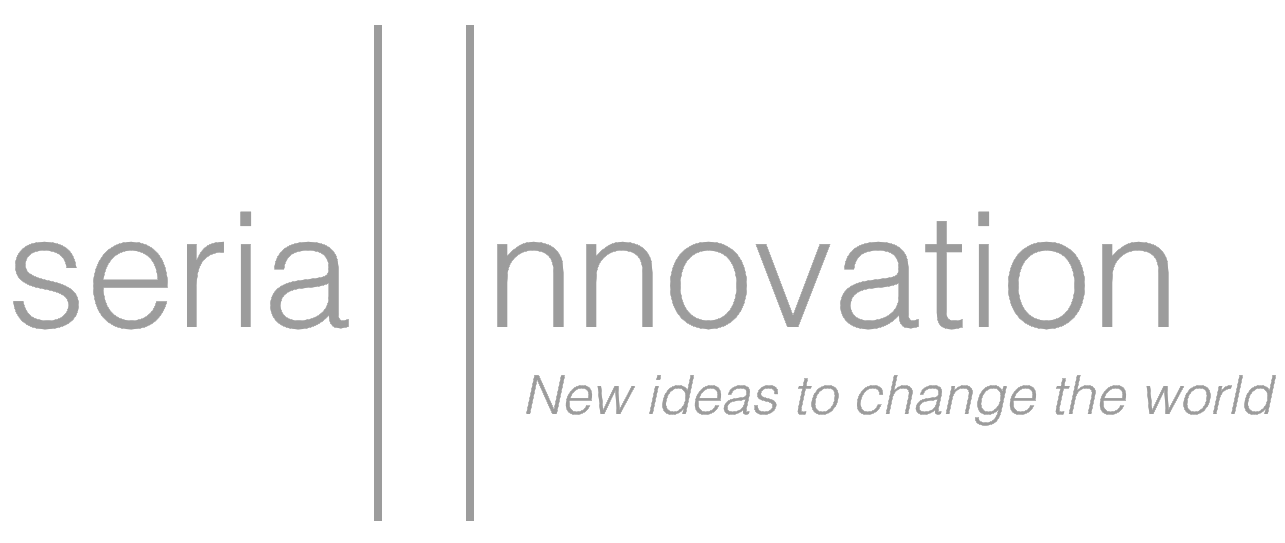Why do we spend more time on threats from malice than threats from accident?
There is a plot against America. It’s been happening for years. It started with a plan to increase the popularity of multi-level homes. New York is the perfect example. The city began as an island of short, stumpy, one-story structures, but limited real-estate and booming growth forced us to stack room on top of room, and so our buildings began to climb—and we had to climb with them. But how? Step by step, one step at a time: Stairs. Our stairwells look innocuous enough, but their spread has spelled death for thousands of Americans. One deceitfully-misaligned step after the next, stairs have been tripping us up—and throwing us down—for years, and the danger is rising. With the body-toll climbing in jagged, stair-shaped graphs, the question lingers: Why are stairs so hellbent on killing us? As one sociologist chillingly put it: ‘it’s simply in their nature to kill.’
Okay, so maybe stairs aren't actively plotting against us, but accidents happen and it's not uncommon to want to find a plot or purpose behind our misfortune. The spectacular explosion at a Texas chemical plant that claimed at least 15 lives is likely the result of an accident, with no plot or purpose. News today arrives that the plant was last inspected for safety in 1985, when Barack Obama was only 24 years old. This—and the 1,000+ deaths by stairs every year—raises an interesting question: why aren't we better at preventing major risks to our health and well being? The timing of the explosion provides a grim contrast with that other deadly explosion making headlines last week, the one in Boston that claimed three lives and injured far more at the hands of terrorists. Both blasts have shocked us into awareness of the threats around us, but one more than the other, it seems. Far greater attention was given to the rise of this new terrorist threat, even though the threat from accidents is just as real. This is not without precedent. We seem to spend more time and energy on threats of malice from people like the terrorists in Boston, rather than threats of accident or mistake.
And yet, malice is not our greatest threat. Far more die of car accidents than from guns. Far more die of falling down the stairs than of terrorism in this country. Our tendency to want to find a malicious motive behind every threat extends even to those areas where threats aren't malicious at all. The environmental degradation we have in this country is not the result of malice, it’s a mistake—an unexpected consequence of productive enterprise. Cancer deaths from smoking are not the result of malice—they're merely a consequence of smoking, not anybody’s goal. It’s the same for drunk-driving, and oil production, and explosions at chemical plants. And it’s easy—all too easy—to equate these things with malice, to demonize them for the convenience of mobilizing ourselves against them, but doing so blinds us to the reality at the root of these situations. Our greatest threat isn’t malice, it’s ineffectiveness, inefficiency, poor choices, mistakes, lack of knowledge, foresight, and carefulness—a failure to think big, to think forward, and sideways, and in every direction that our actions disperse.
Fixing these issues, then, of drunk-driving and oil production and explosions at chemical plants—fixing them requires us to recognize that there is no “bad guy” at the center, plotting our demise, no solution so simple as locking someone up—but something far more personal: taking care with the power we have and responsibility for the actions we take. The solution is not combating those with power, the oil executives and mining companies, the 190 million Americans behind the wheel, but helping them to use that power more effectively, more efficiently, to make better choices, to succeed, to avoid mistakes, to arm them with the best information and knowledge so that they can see into the future and think beyond their own experience. These people are not our enemies—our only enemy is the idea of enemies, of evil-doers around every corner. Yes, there are those who want to hurt us, but we are far more capable of hurting ourselves. Malice is the exception, not the rule, so let’s not be ruled by it—or let it color our reactions to every misfortune. It’s to blame for the minority of our pain, so why do we let it take up the majority of our time?
Looking at every problem through the lens of malice may make for a better story, but story is a sorry reason to ignore the greatest threats to our health and well-being. We have to look at these threats dispassionately, identifying what hurts us---no matter what it is or why it was, and attack the causes at the root with great passion and intensity. Our time would be far better spent if we devoted more time to debating how to make stairs safer for children and the elderly, rather than how to make prosecution of criminals more prosecutorial.
Stairs may not be plotting to kill us, but they kill us all the same—or rather, we kill ourselves with the help of stairs. And the help of cigarettes. And the help of automobiles. And the help of the idea of malice. Yes, we must deal swiftly with direct enemies, but we must deal just as swiftly with the direct threats that claim far more lives and ultimately—do far more damage. But how much more hopeful is this realization—because while we can't control the mind of a madman, we can control our own actions and the consequences they bring, we can make a difference and save lives—we can tame the stairwell, one step at a time.

